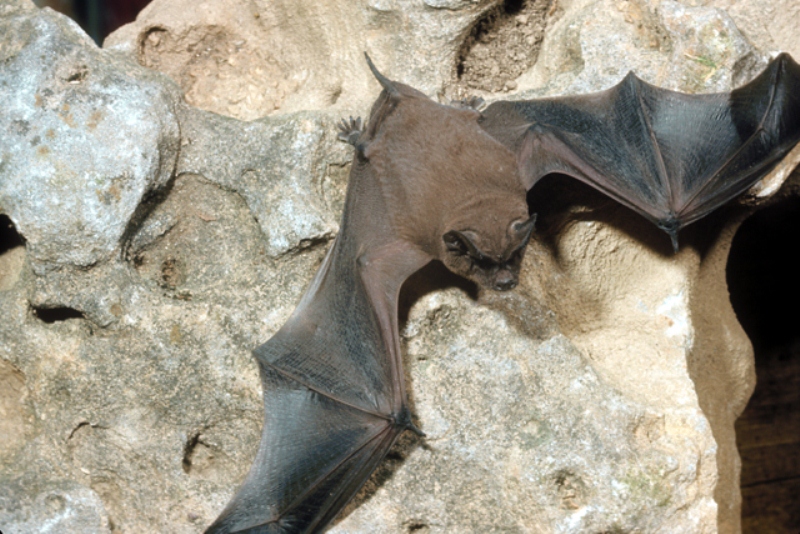Bats are nocturnal animals usually misunderstood and unfairly hated or feared. However, their role in nature is of utmost importance for the health of ecosystems and therefore for the well-being of human life. In the world, there are more than 1300 species of bats and Mexico is home to 138 of them: about 10% of the world's diversity.
For the third time in 48 years, the North American Society for Bat Research (NASBR, for its acronym in English) is congregated in our country. From October 24 to 27, in Puerto Vallarta, Mexico, national and international bat scientists present . . .







